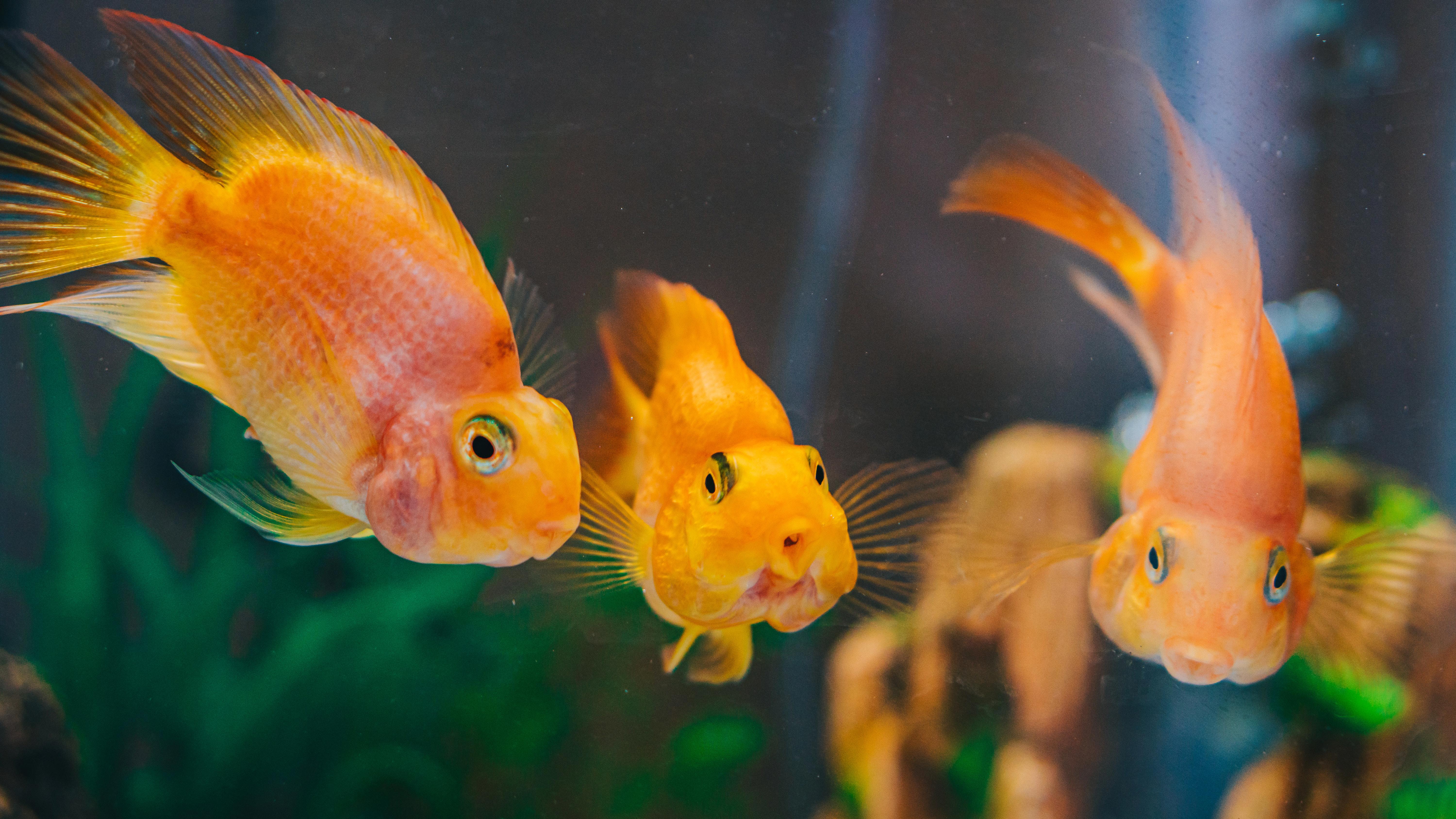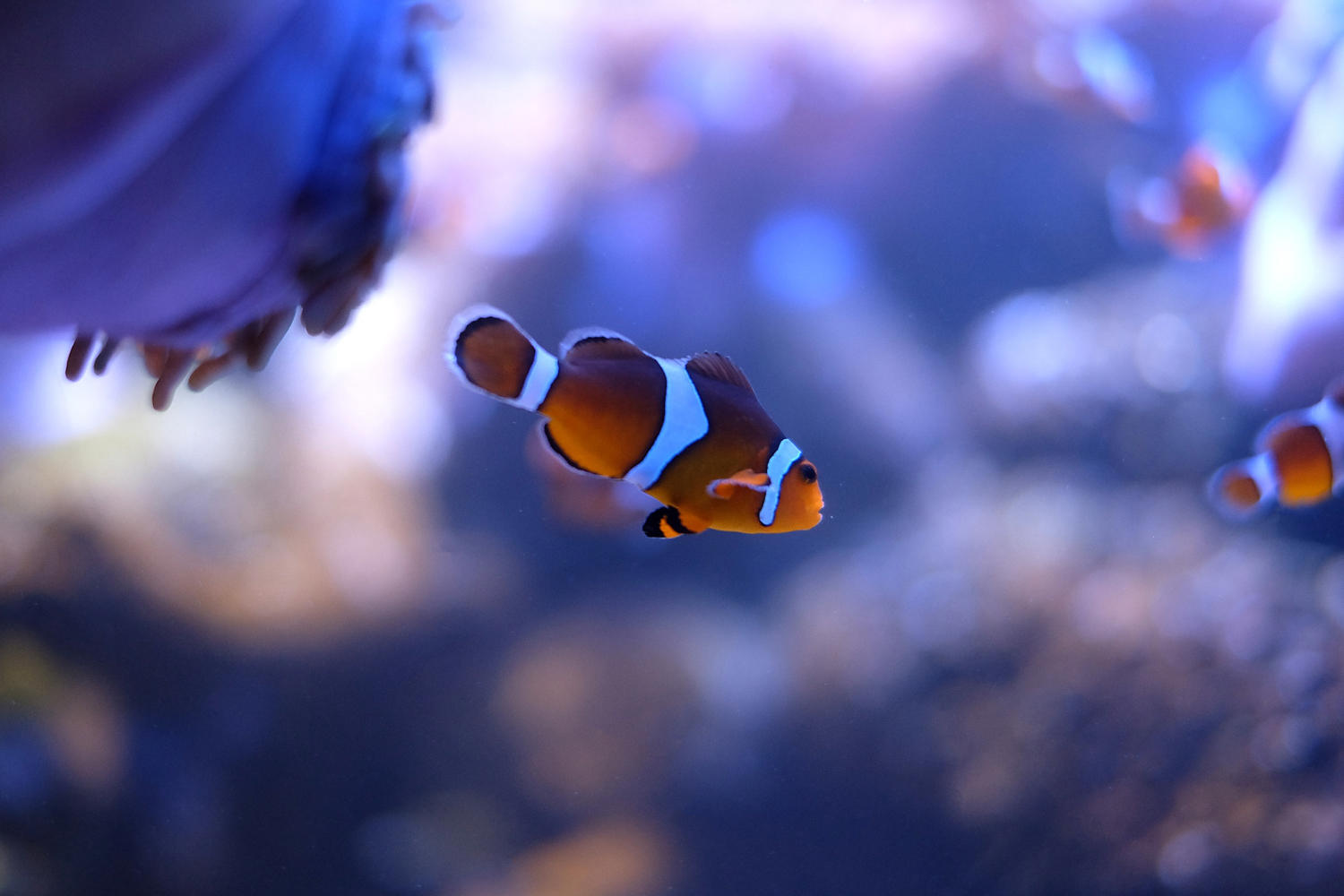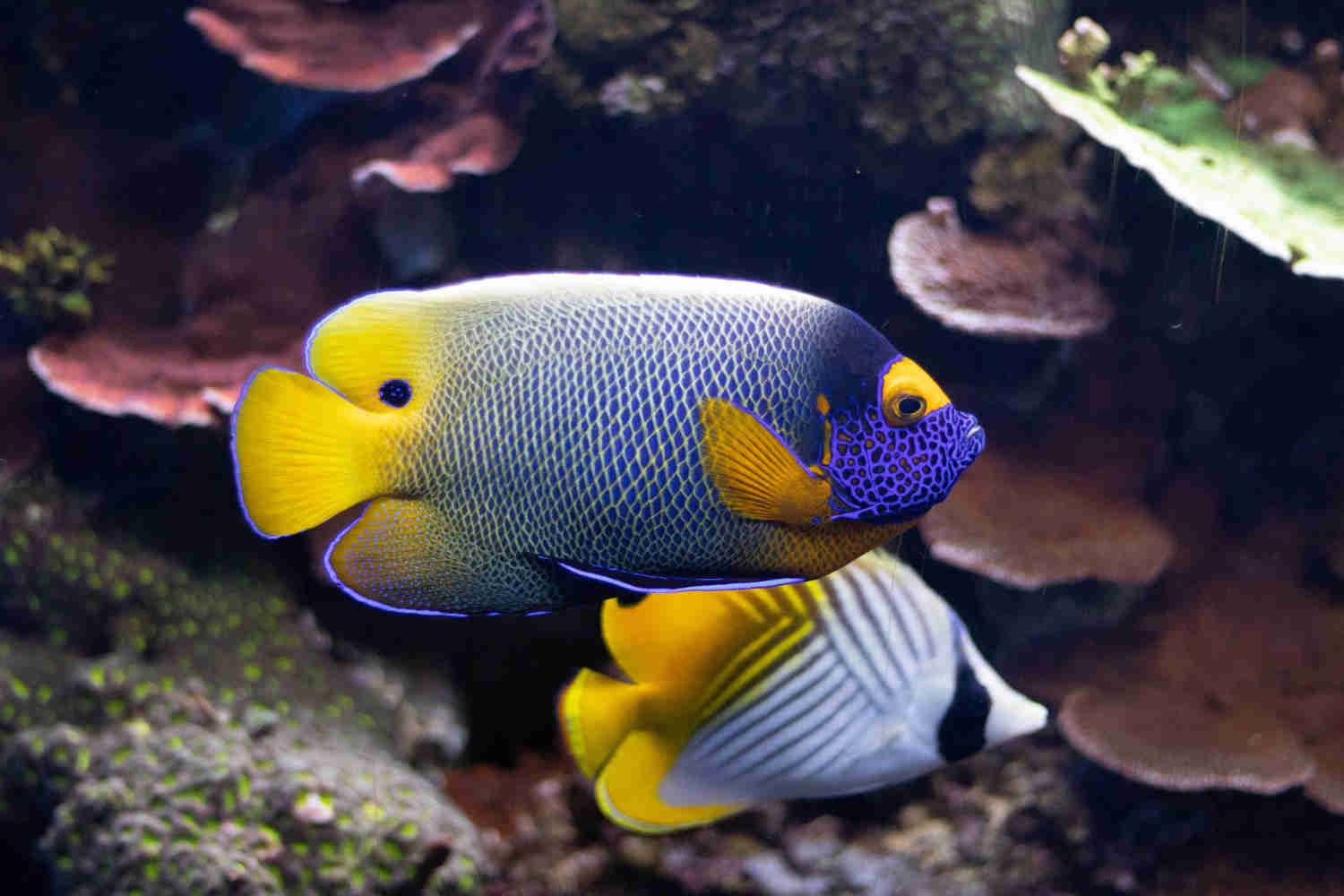As a fish owner, you want to ensure that your aquatic pets are living in a healthy and happy environment. One crucial aspect of maintaining a healthy fish tank is understanding the pH level. The pH level measures the acidity or alkalinity of the water and can greatly impact the health and well-being of your fish. In this ultimate guide, we will explore everything you need to know about the perfect pH level for your fish tank, including why it is essential, how to test and adjust it, and the ideal pH level for different types of fish. So, let’s dive in and learn how to create a thriving aquatic habitat for your fish.
Maintaining the perfect pH level in your fish tank is crucial for the health and well-being of your fish. A balanced pH level ensures that your fish thrive in their environment and their immune systems remain strong. In this ultimate guide, we’ll explore everything you need to know about the perfect pH level for your fish tank.
Understanding pH Levels:
pH levels are a measure of acidity or alkalinity in a solution. They range from 0 to 14, with 7 being a neutral pH level. Anything below 7 is considered acidic, while anything above 7 is considered alkaline. For fish, the ideal pH level depends on the species of fish you have in your tank.
Ideal pH Levels for Common Fish Species:
Different fish species have different pH level requirements, and it’s important to research your specific fish’s needs before setting up your tank. Here are some general guidelines for common fish species:
– Goldfish: pH level between 7.0 and 7.4
– Betta Fish: pH level between 6.5 and 7.5
– Neon Tetras: pH level between 6.0 and 7.0
– Guppies: pH level between 7.0 and 8.2
– Angelfish: pH level between 6.8 and 7.8
Testing Your Tank’s pH Level:
The best way to determine your tank’s pH level is by using a pH test kit. These kits are simple to use and can be found at any pet store. Simply follow the instructions on the kit and compare the color of your water sample to the kit’s chart to determine your pH level.
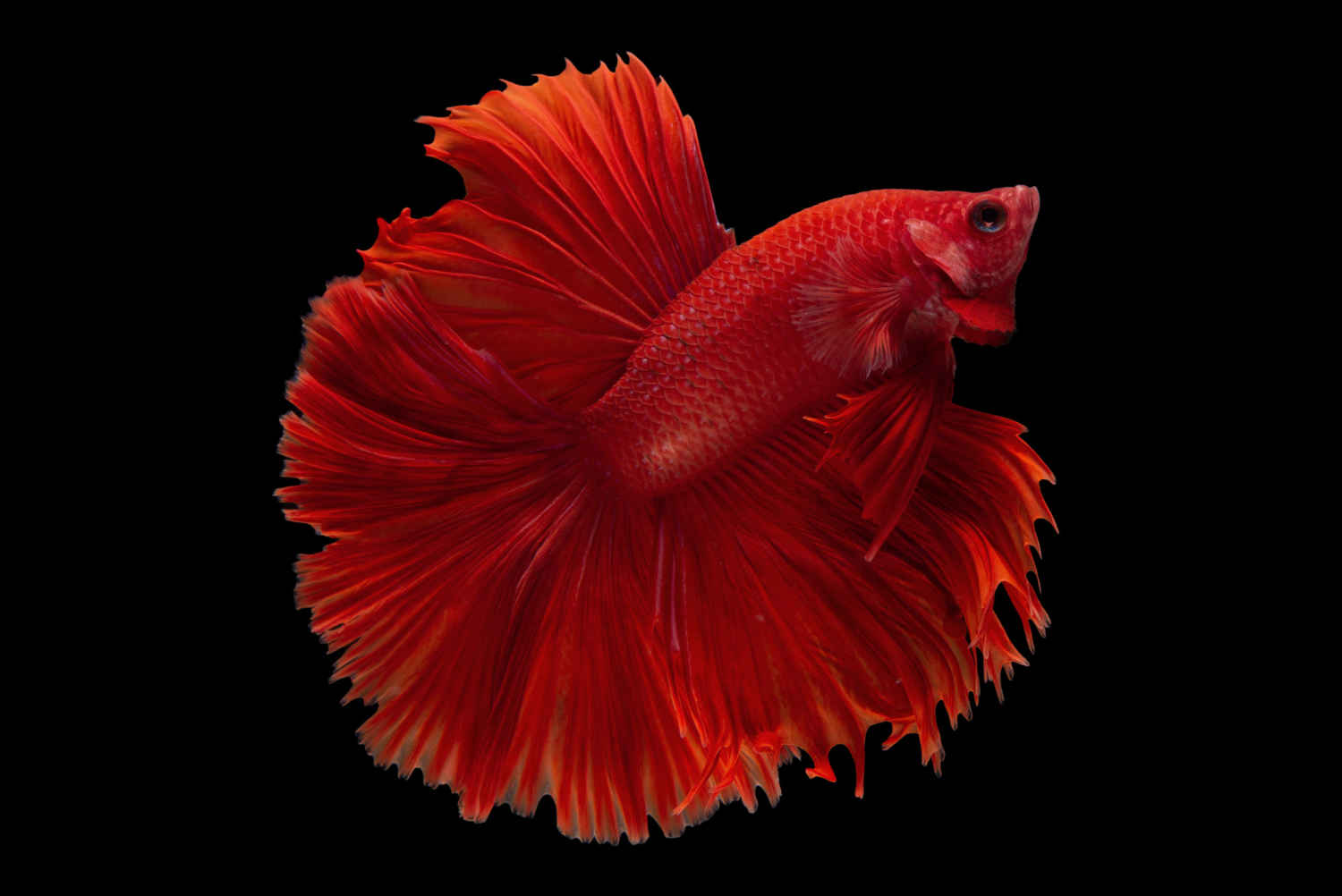
Adjusting Your Tank’s pH Level:
If your pH level is too high or too low for your fish, it’s important to adjust it. However, it’s important to do so slowly, as sudden changes in pH can be harmful to your fish. Here are some ways to adjust your pH level:
– Add pH-Up or pH-Down solutions: These solutions can be found at any pet store and can be added to your tank to adjust the pH level. Be sure to follow the instructions carefully.
– Use natural methods: Adding driftwood, peat moss, or almond leaves to your tank can naturally lower the pH level. Crushed coral or limestone can raise the pH level.
– Use a buffering agent: A buffering agent can help stabilize your tank’s pH level and prevent sudden changes.
Maintaining a Balanced pH Level:
Once you’ve adjusted your pH level, it’s important to maintain it. Here are some tips for keeping a balanced pH level in your fish tank:
– Monitor your pH level regularly: Test your tank’s pH level once a week to ensure it’s within the ideal range for your fish species.
– Perform regular water changes: Regular water changes can help prevent pH fluctuations and keep your tank’s water clean and healthy.
– Avoid overfeeding: Overfeeding can lead to excess waste in your tank, which can affect the pH level.
– Keep a healthy tank: A clean and well-maintained tank can help prevent pH fluctuations and keep your fish healthy.
Maintaining the perfect pH level in your fish tank is crucial for the health and well-being of your fish. By understanding the ideal pH range for your fish species, testing your tank’s pH level regularly, and adjusting it as needed, you can ensure that your fish thrive in their environment. Remember to always research your specific fish’s needs and keep your tank clean and healthy to prevent pH fluctuations. With these tips, you can maintain a balanced pH level and provide the best possible environment for your fish.
In conclusion, maintaining the perfect pH level in your fish tank is crucial to the health and well-being of your aquatic pets. Understanding the ideal pH range for your specific fish species will ensure that they thrive in their environment and remain healthy. Remember to test your water regularly and make necessary adjustments to keep the pH level stable. By following the guidelines outlined in this guide, you can create a thriving aquatic ecosystem that your fish will love. With a little bit of effort and attention to detail, you can enjoy your beautiful fish tank for years to come.


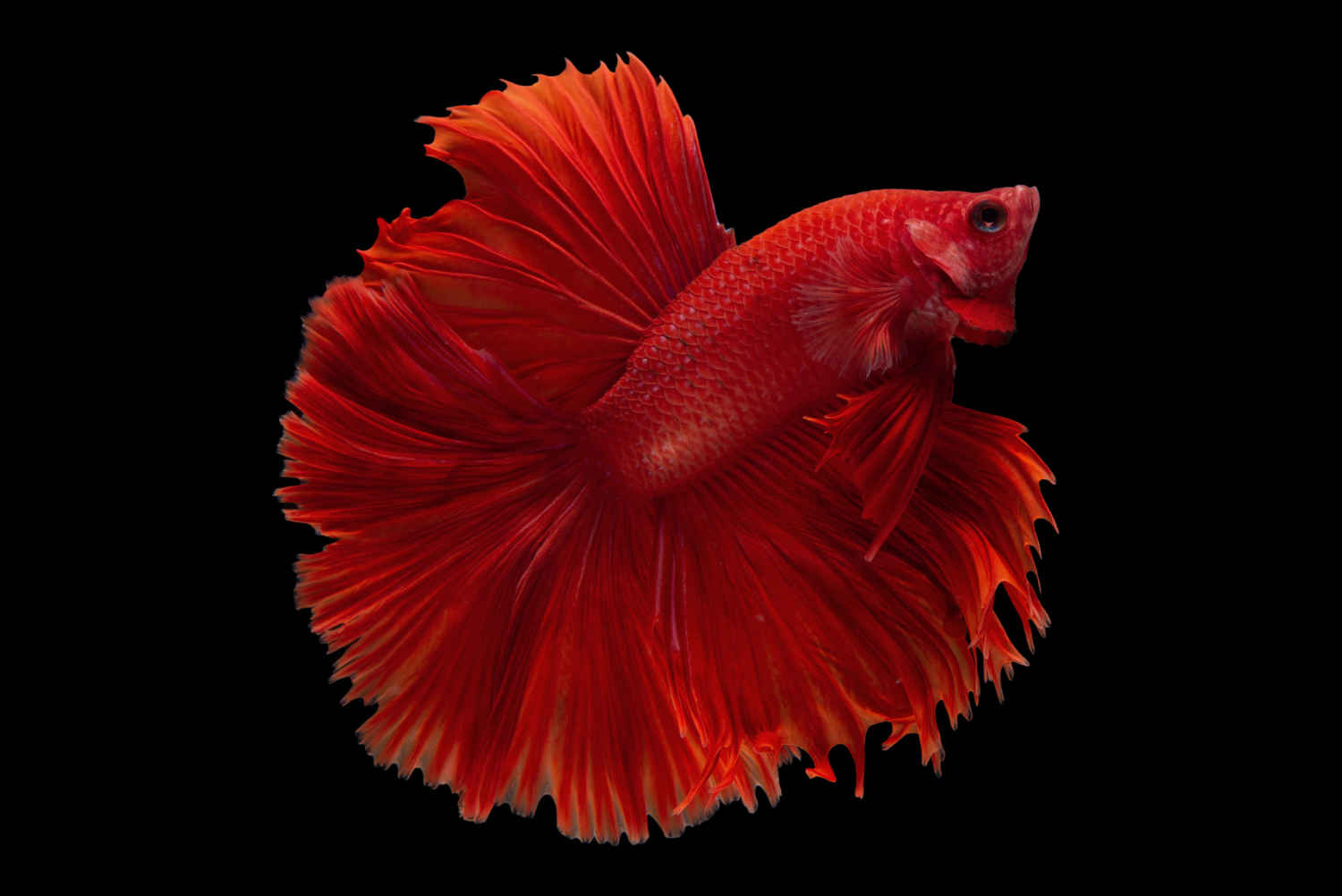
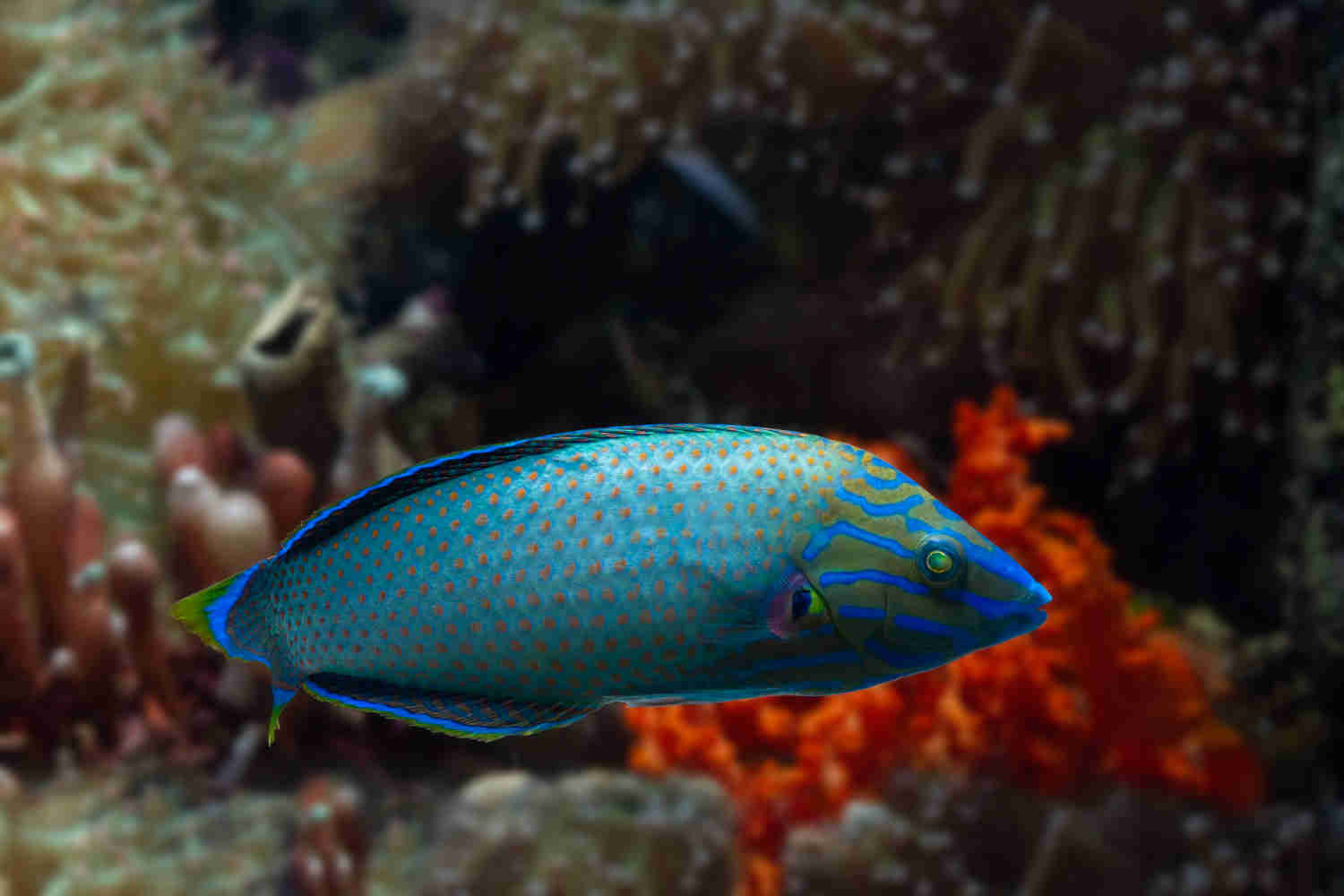
%20-%20Copy.jpg)
